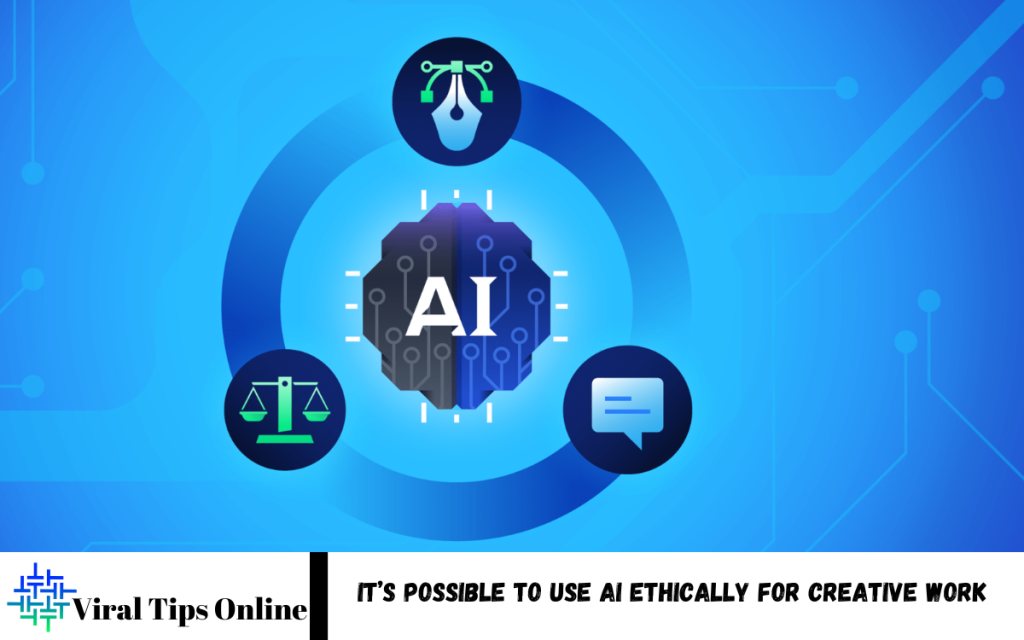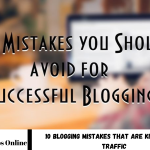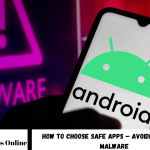Transforming the way we create, from designing artwork and writing stories to producing music and videos. While some worry that AI could replace human creativity or lead to unethical practices, it’s entirely possible to use this technology responsibly. The key lies in treating AI as a collaborative tool rather than a replacement for human imagination. When guided by ethical principles, AI can enhance the creative process, making it faster, more accessible, and even more inspiring.
Using AI ethically means respecting originality, giving credit where it’s due, and ensuring that the content generated doesn’t infringe on copyrights or promote harmful ideas. For instance, artists can use AI to brainstorm concepts or refine their work without copying existing creations. Writers can rely on AI to assist with editing, research, or idea generation while keeping their unique voice intact. This approach allows creators to harness the efficiency of AI without losing the authenticity that makes their work special.
About AI Creative
Artificial Intelligence has moved far beyond data crunching and number analysis it’s now shaping the way we create art, write stories, compose music, and design visuals. AI Creative refers to the use of AI tools and algorithms to assist, enhance, or even fully generate creative work. From marketing campaigns to movie scripts, AI is becoming a powerful partner for human imagination.
What Is AI Creative?
AI Creative involves using advanced machine learning models like text generators, image creators, and audio synthesis tools to produce original, high-quality creative content. These systems learn from vast amounts of data, allowing them to generate outputs that feel human-made, yet can be produced in seconds.
1. Understanding AI’s Role in Creativity
AI is not a replacement for human creativity it’s an assistant. Think of it as a smart tool that can speed up processes, suggest ideas, or handle repetitive tasks, allowing creators to focus on higher-level thinking.
For example:
- Writers can use AI to brainstorm article outlines or edit drafts faster.
- Designers can quickly generate concept art before refining it with their personal touch.
- Musicians can experiment with AI-generated melodies as a starting point.
When used ethically, AI becomes a collaborator, not a competitor.
2. The Ethical Concerns Around AI in Creative Work
While AI offers many benefits, there are real ethical issues to consider:
- Copyright and Originality – If AI is trained on existing works without permission, it could produce content that’s too similar to copyrighted material.
- Job Displacement – Some fear AI will replace creative jobs, making human talent undervalued.
- Lack of Credit – AI tools may not acknowledge the original creators whose works were used in training datasets.
- Misinformation Risks – AI can generate misleading or false information if not fact-checked.
The solution isn’t to reject AI entirely but to use it responsibly.
3. Principles for Ethical AI Use in Creative Work
To ensure AI is used fairly, creators and businesses should follow these core principles:
- Transparency – Be open about when and how AI is used. If an image or text is AI-generated, disclose it.
- Respect for Copyright – Avoid using AI tools trained on stolen or unlicensed content. Choose platforms that clearly state their data sources.
- Human Oversight – Always have a human review and refine AI-generated work to maintain quality and ethical standards.
- Fair Compensation – If AI output is based on someone else’s work, credit and compensate the original creator where possible.
Read Also: 8 Apps That Let You Play Bingo Online for Real Cash in 2025
4. Ways AI Can Boost Creative Work Ethically
Here are some examples of how AI can enhance creativity without crossing ethical lines:
- Idea Generation – Use AI to brainstorm titles, headlines, or plot ideas, but develop them further with human creativity.
- Draft Creation – AI can help create a first draft of an article or artwork, which humans then edit and improve.
- Automation of Repetitive Tasks – Let AI handle repetitive or time-consuming work (e.g., background removal in images) so you can focus on innovation.
- Accessibility – AI tools can help make creative content more accessible, such as generating captions, translations, or audio descriptions.
5. The Future of Ethical AI in Creativit
AI will be deeply integrated into creative industries. The key will be setting clear guidelines and laws to protect creators while allowing innovation to flourish. Governments, tech companies, and creative communities will need to collaborate on:
- Copyright frameworks for AI-generated works.
- Ethical AI certifications so users know which tools are responsibly built.
- Educational programs to teach creators how to use AI safely and effectively.
6. Tips for Using AI Ethically as a Creator
If you’re a creator or business using AI for creative projects, here are practical tips to stay ethical:
- Choose Reputable Tools – Use AI platforms that are transparent about their training data.
- Always Add Your Own Input – AI should never be the final voice. Add originality to make the work truly yours.
- Give Credit When Due – If your AI tool draws from specific artists, writers, or photographers, acknowledge them.
- Double-Check Facts – If your AI creates text content, verify all factual claims before publishing.
- Avoid Sensitive Misuse – Don’t use AI to create fake news, impersonations, or deepfakes without consent.
7. Why AI Won’t Replace Human Creativity
While AI can mimic styles and patterns, it doesn’t have emotions, personal experiences, or a deep understanding of culture. Great art, literature, and design are not just about patterns—they’re about stories, feelings, and perspectives. That’s something only humans can truly provide.
Frequently Asked QuestionsWork
Can AI-generated work be copyrighted?
Yes, but laws vary by country. In many places, only human-created works are eligible for copyright, so human input is key.
How can I make sure my AI tools are ethical?
Choose platforms that disclose their data sources and avoid unlicensed training datasets.
Will AI take creative jobs away?
AI may change the nature of creative jobs, but humans will still be needed for originality, storytelling, and emotional connection.
Should I tell my audience if I used AI?
Yes transparency builds trust and credibility.
Can AI copy another artist’s style?
It can mimic styles, but doing so without permission could raise ethical and legal issues.
What are examples of ethical AI use in art?
Generating ideas, enhancing photos, and creating accessibility features like captions or alt text.
How do I credit AI-generated work?
State the AI tool used and acknowledge any human contributions or inspirations.
Conclusion
AI can be a force for good in creative work if used with integrity. Ethical AI use means respecting human creativity, giving credit where it’s due, and being transparent about its role in the process. When we combine the efficiency of AI with the imagination of humans, the result can be groundbreaking.


